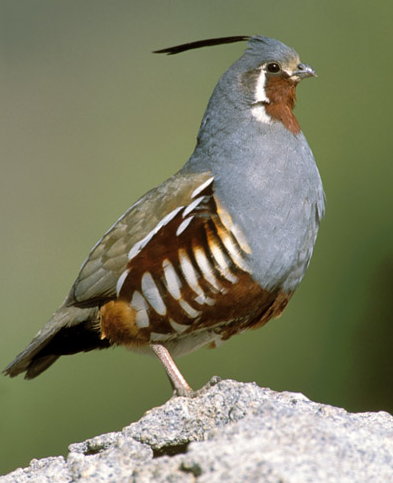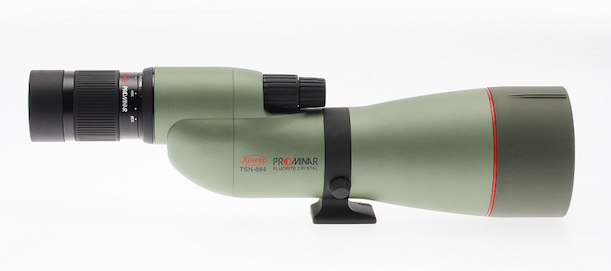News Release December 19, 2008 – Revised teaching unit is released from the Cornell Lab of Ornithology
Ithaca, NY–Why is that crow chasing a hawk? Do birds fly away from noisy places? How long will an American Robin spend pulling a worm from the ground? The BirdSleuth curriculum from the Cornell Lab of Ornithology is all about tapping into a child’s natural curiosity to answer scientific questions in a fun way. The just-released revision of the Exploring Bird Behavior module offers educators even more lessons, posters, and multimedia resources. The new student toolkit comes with two important tools for collecting behavioral information about birds: a BirdSleuth stopwatch and tally counter.
“Kids love to work with gadgets,” says Birdsleuth project leader Jennifer Fee. “Give them a stopwatch or put them in a lab coat, and they transform into little scientists. And then it becomes easier to explain tricky concepts, such as the difference between a behavioral event and a behavioral state.” (An event can be counted; a state can be timed.)
This module also comes with a DVD showing bird behaviors most students have never seen, including stunning slow-motion video of the exotic courtship dance of the Greater Sage-Grouse. A 32-page teacher’s guide includes step-by-step instructions for completing all six lessons, or “investigations.”
The Exploring Bird Behavior module, like the others in the BirdSleuth series, engages students in inquiry by building lessons and activities around citizen-science projects from the Cornell Lab of Ornithology. This module uses the Crows Count project. Students count crows and their relatives (ravens, magpies, and jays), observe their behaviors, and report what they see to the Cornell Lab where scientists are studying the dynamics of group behavior in crows.
“BirdSleuth gets kids interested in nature, gets them outside, and teaches them to think more critically,” says Fee. “They ask questions, collect data, look for patterns and evidence, test ideas, make conclusions, and share results.”
To learn more about the new Exploring Bird Behavior module and about the entire BirdSleuth curriculum, visit www.birds.cornell.edu/BirdSleuth.edu. The staff is happy to answer any questions about how to make Birdsleuth a welcome supplement to your existing science curriculum.
Contact:
Jennifer Fee, Project Leader, (607) 254-2403, jms327@cornell.edu.
The Cornell Lab of Ornithology is a membership institution dedicated to interpreting and conserving the earth’s biological diversity through research, education, and citizen science focused on birds. Visit the Lab’s web site at www.birds.cornell.edu.



 Venus, Jupiter and the Moon Begin to Converge photo by Larry Jordan
Venus, Jupiter and the Moon Begin to Converge photo by Larry Jordan


Social Media Connect